Samples of plastic containers and this type of product have started to produce and appear from somewhere. The first inventor of commercial plastic lived in England and made this important invention in 1861.
His name was Alexander Parks, and he presented his invention to the public at the London International Fair in 1862 and named the substance he invented Parke sine. Like cellulose, Parke sine retains its shape after heating, shaping and cooling.
However, these materials are expensive for production, they are prone to very high corrosion and ignition cracking. In 1868, an American inventor, John Wesley Hyatt, created a plastic material called celluloid. His invention improved with the invention of the parks, and eventually came to its final form.
In 1872, along with his brother Isaiah, he registered the first injection molding apparatus. These devices were relatively simple compared to those used in the plastics industry.
It worked like a hypodermic syringe, using piston to inject hot plastic materials into a mold from a hot cylinder.

The industry developed slowly over the years, producing products such as bowls, buttons and comb hair. In the 1940s, the industry developed rapidly and World War II brought mass production due to high demand for low-cost products.
In 1946, American inventor James Watson Hendry invented the first screw-injection device, providing much more accurate control over injection speed and product quality.
The machine can also combine the material before injection, allowing the recycled paint or plastic to be added to new material and fully mixed before injection. Today’s screw machines, which make up most of the plastic machines, are the evolution of this device.
In the 1970s, Hendry developed the first gas-assisted injection molding machine capable of producing complex plastic products in the mold injection process.
A hollow part that is quickly cooled using gas is an example of this application. The machine greatly improved the design flexibility and power of the production parts and the speed of the construction of the piece, while reducing the cost, weight and waste.
The plastic injection industry has evolved over the years, from buttons and combs production to a wide range of products have entered the market for many industries including automobiles, medicine, aerospace, consumer goods, toys, plumbing, packaging and manufacturing and devices.

what is plastic ware
If we want to know which containers are plastic and what are made of them, we need to know the formula. Based on the chemicals that make them, plastic may also fall into two main categories.
A set of plastics, such as a plastic fruit basket, is characterized by the presence of only aliphatic (linear) carbon atoms in their spine chain structures. This category includes all the different equipments that have been previously expressed.
Another class of plastics is known as heterosynthetic polymers. These compounds come from a chain made of carbon as well as oxygen, nitrogen or sulfur in addition to carbon.
The majority of engineering plastics are heterocotigraphic chain polymers, as shown previously. The difference between the carbon chain polymers and heterocaceous polymers is reflected in the table, which lists the selected properties and the applications of the most important carbon and heterosexual chains and links to the inputs that discuss these materials in a deeper depth.

The table also shows the contrast between carbon-chain polymers and heterosexual chain polymers. It is important to remember that there may be several subtypes of any polymer shown in the table.
This is because each of the twelve commercial suppliers of each polymer may produce twenty or thirty different versions of their product for use in certain applications.
As a result, the values of parameters shown in the table should be considered as approximations. Plastics are defined not by their chemical composition, but by their technical behavior.
They are more accurately classified as thermoplastic resins or thermostats, depending on the temperature at which they melt.

plasticware products
One of the plastic utensils is the plastic lab equipment. Our company has developed a plastic product production line that includes a wide range of product categories as well as several different programs for these products.
Laboratories are required to adhere to several strict rules and procedures regarding the maintenance of liquids, chemicals and test solutions.
Plastics like plastic bottles, if you are looking for a material that meets user safety requirements, financial saving, compatibility and long-term durability, it will probably be your ideal alternative.
Advantages of plastic containers include the ability to reuse, sterilized in autoclave (especially with polypropylene), made of recyclable materials, more durable and less weight.

We supply our plastic containers from reputable manufacturers all over the world who meet the requirements offered by both academic and international standards.
Containers, bottles, carboys, containers, metal, pipes and vials made of plastic are available for your review on our purchase selection. You have trouble finding the stuff you want to buy, don’t you? We have access to tens of thousands of additional products from over a hundred and thirty different vendors around the world.
Let us have a one-stop shop you need for all the laboratory plastic containers and other laboratory equipment that is required for your lab’s adequate storage.
Our staff will kindly guide you through the process of selecting plastic containers, which will provide the greatest possible savings in terms of money, time and effort while ensuring the highest level of safety for your operation.
Because our company adheres to strict quality guarantee methods for each of our products, you can always rely on your R&D results or your quality control efforts.

plasticware in laboratory
Almost every laboratory needs a variety of dishes, containers, laboratory pipes, containers, graduating cylinders and flask. Most of these laboratory products are either made of plastic or glass containers and plastic kitchen appliances, depending on your priority.
It may be hard to understand the differences between the two types of materials. This article helps you understand the major difference between glass containers and plastic containers and also determine which programs and methods are more suitable for any kind of material.
Plastic containers used in laboratories may be reused and usable in autoclave. They are not only lightweight, which is useful for ergonomics, but also recyclable and eco-friendly.
They are more convenient because they can be discarded after each use, and make them a little less than glass, which is a significant advantage for many different laboratories.
Moreover, the non-breakable and adaptable nature of plastics means that it is safer than other materials. The plastic has a transparency that is not quite equal to the transparent appearance of the glass crystal.

Additionally, they are more likely to break under the influence of high temperatures, and graduation marks on their scales are not as clear as on other scales, which may lead to incorrect findings of the test.
Plastic containers are probably the ideal choice for newly built laboratories and classes because it is more cost-effective and helps the environment that is safer for lab work.
On the other hand, glass techniques may provide greater chemical resistance due to the application of acidic and alkaline solutions in chemistry lab.
Moreover, using the machine such as a hot plate and stirrer, glass containers provide the best surface resistance to high temperature. Consider the pros and cons of each aspect of the laboratory application. If your financial affairs allow, it is in your interest to store in laboratory equipment made of plastic and glass so that you may be provided of any material.
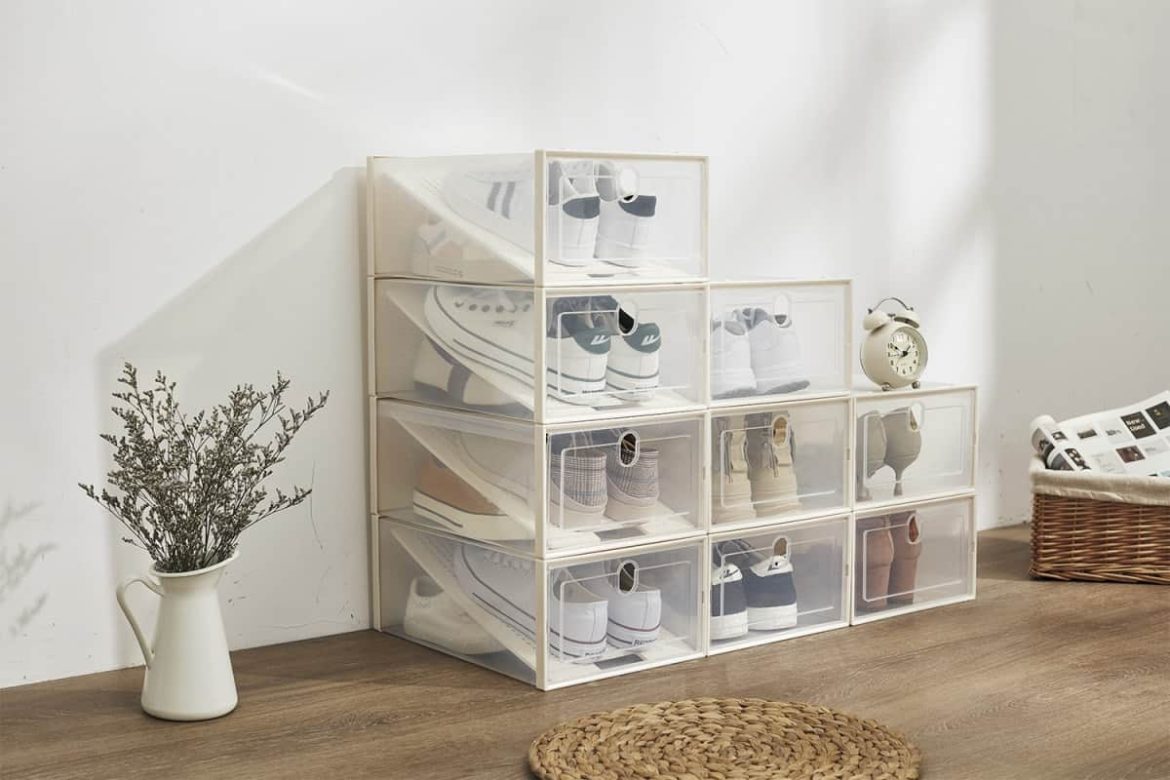
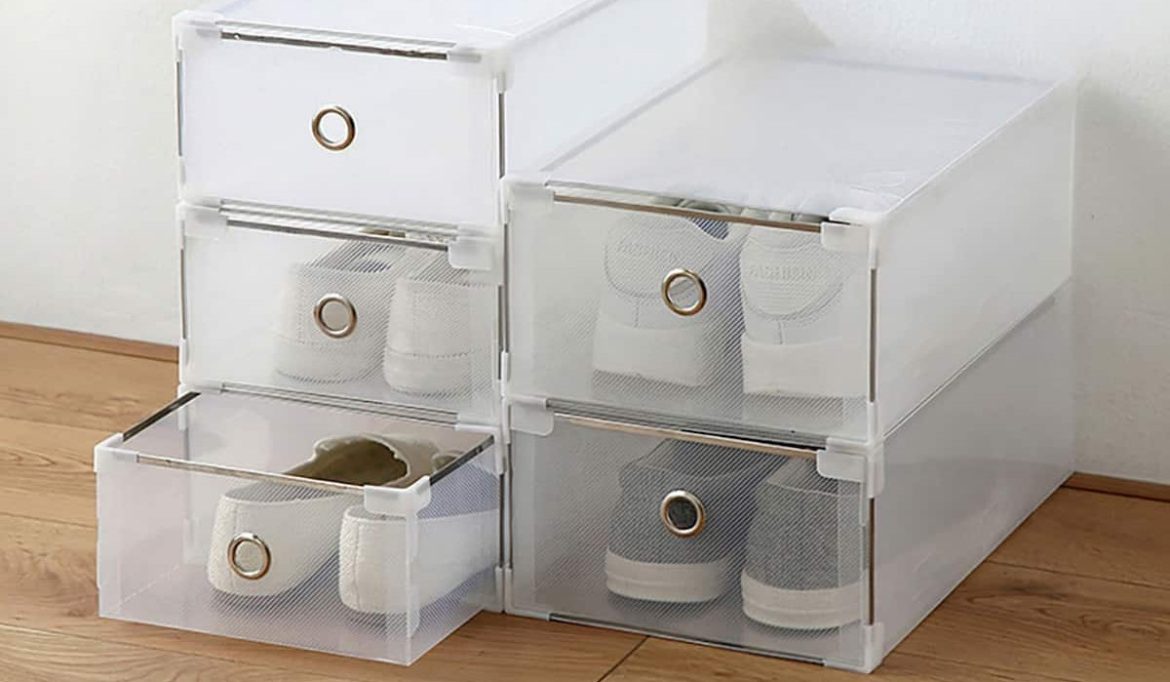
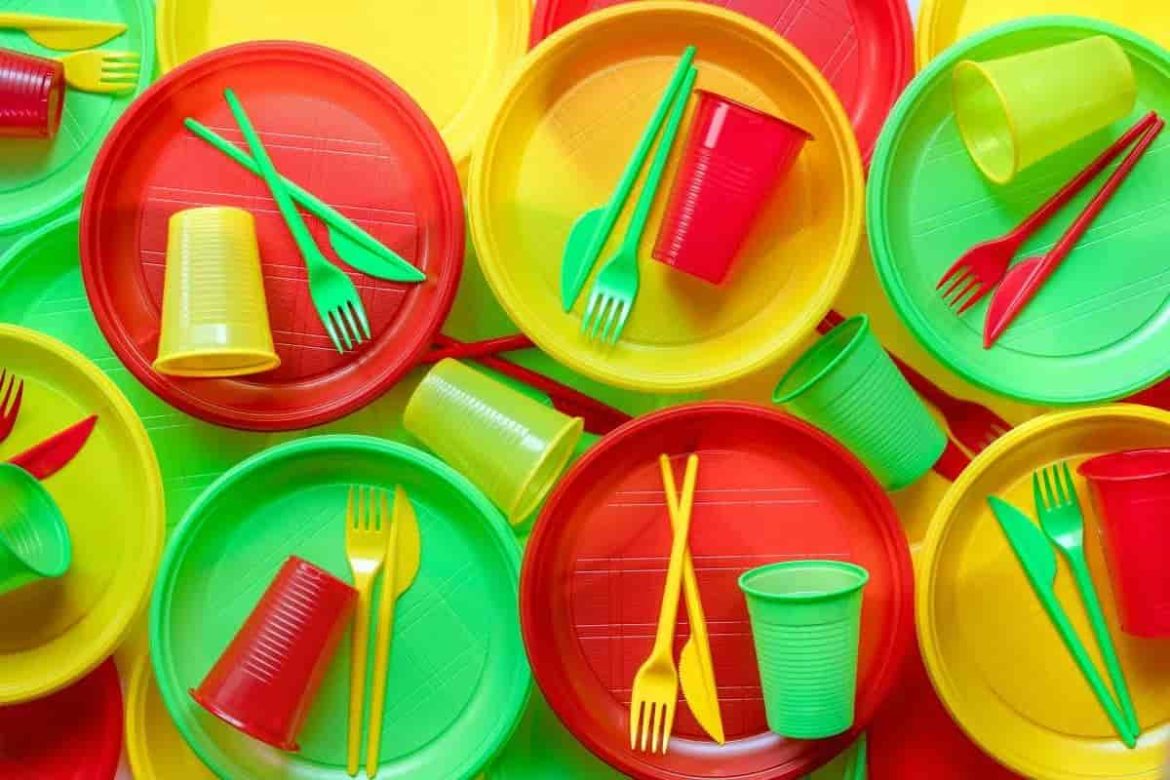
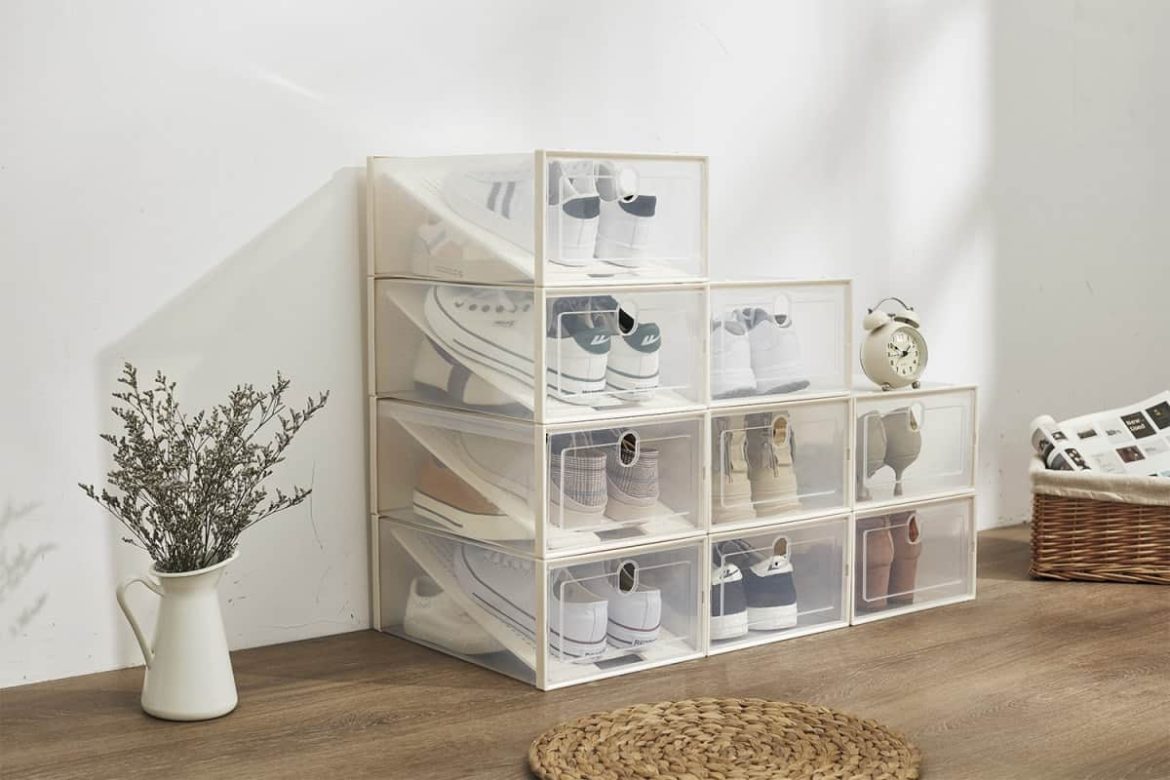
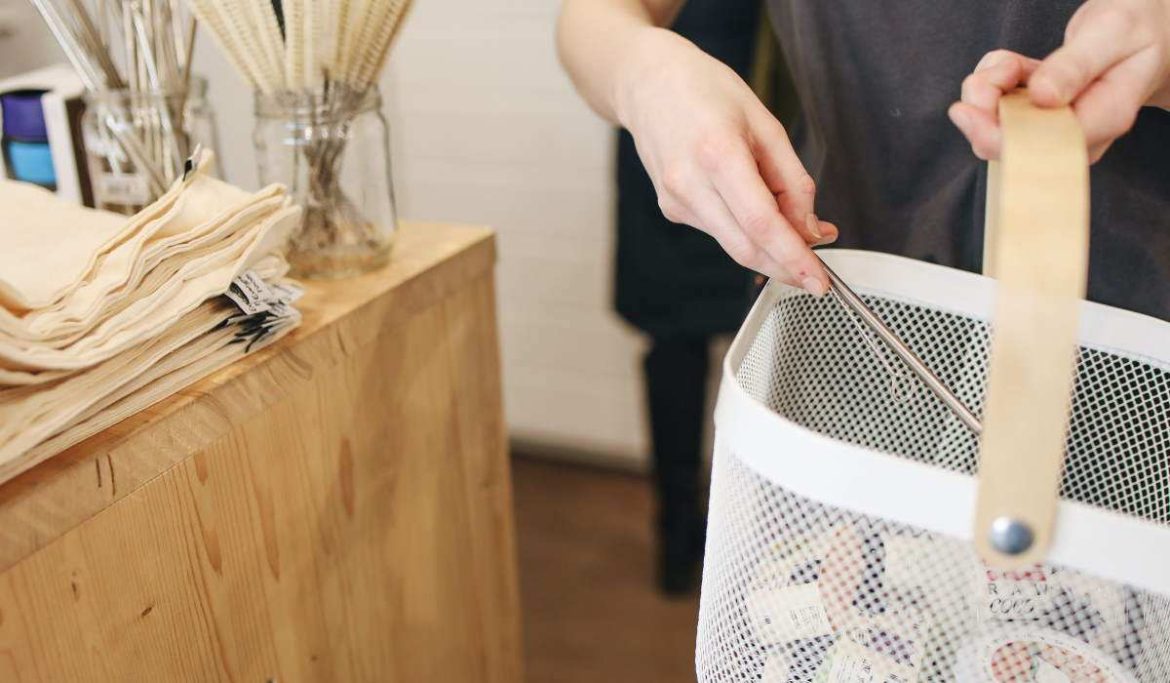
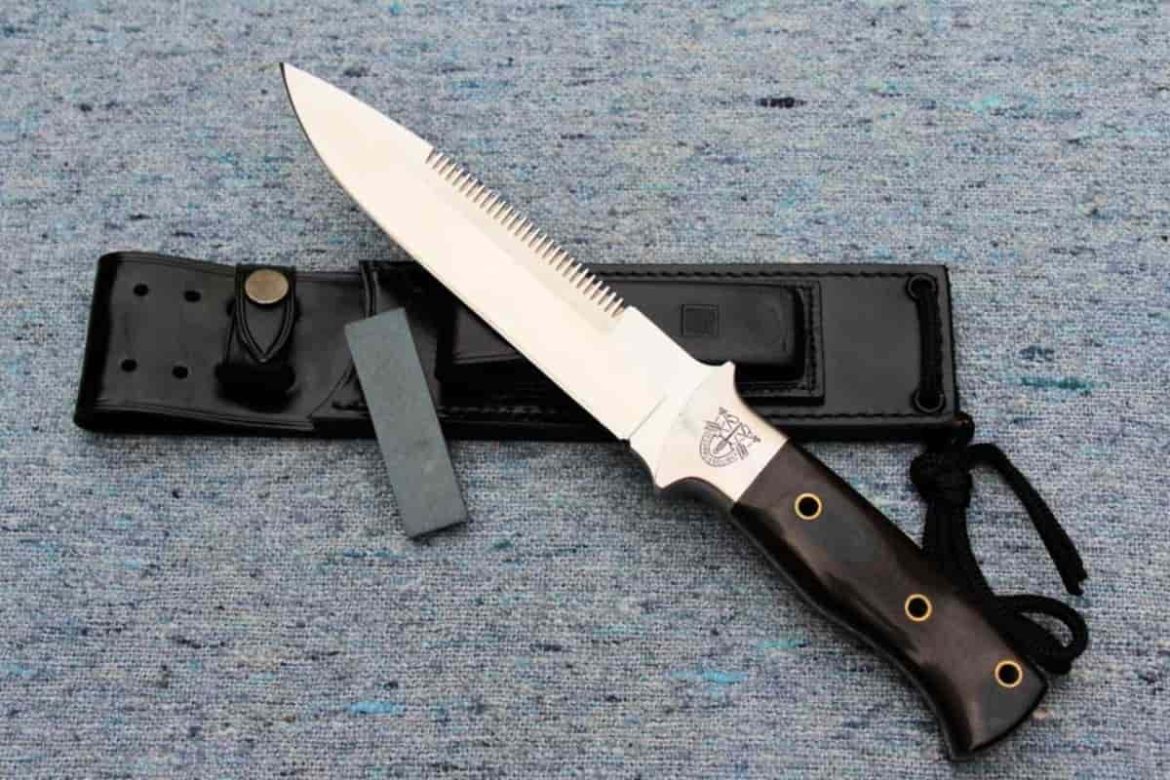
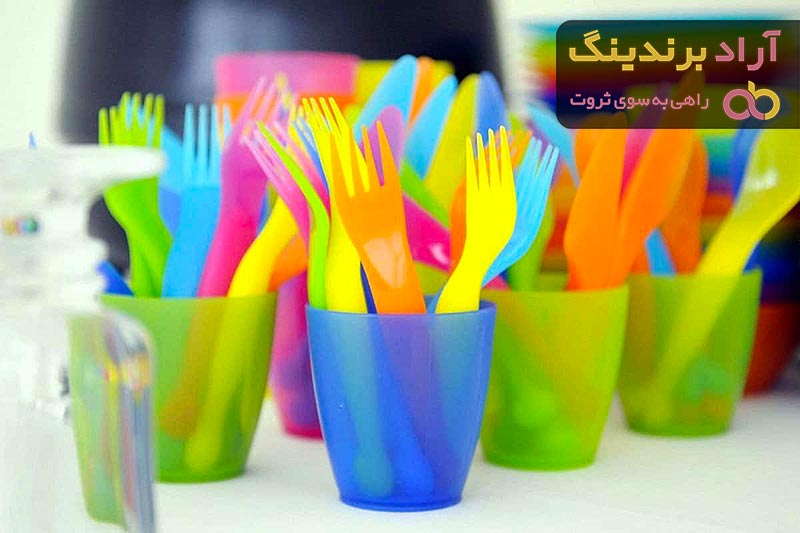
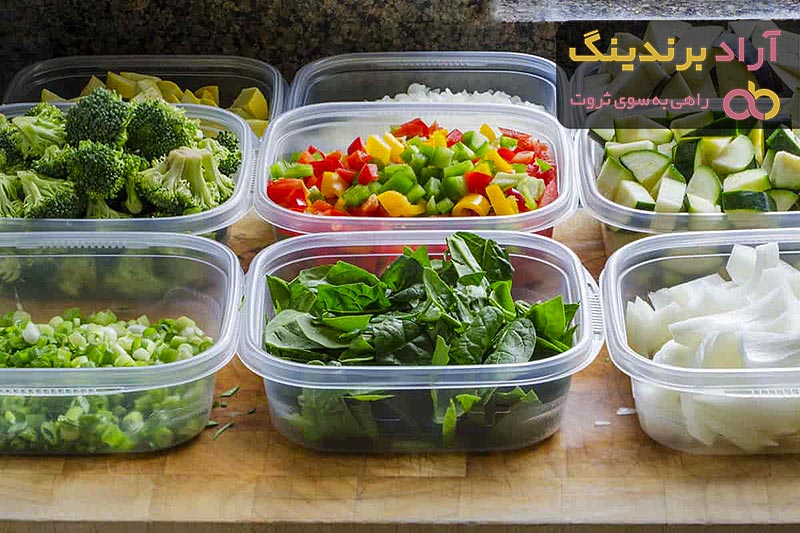


Your comment submitted.